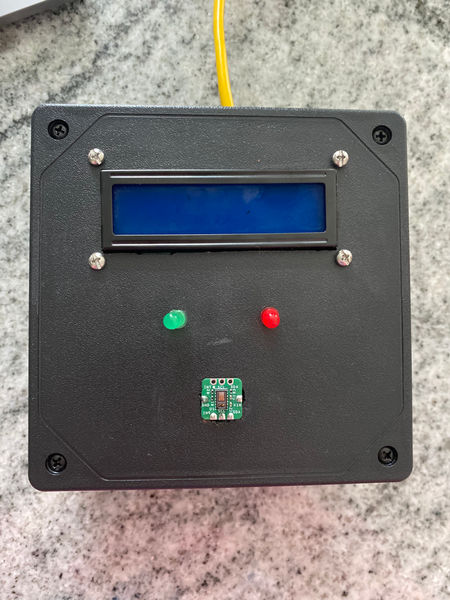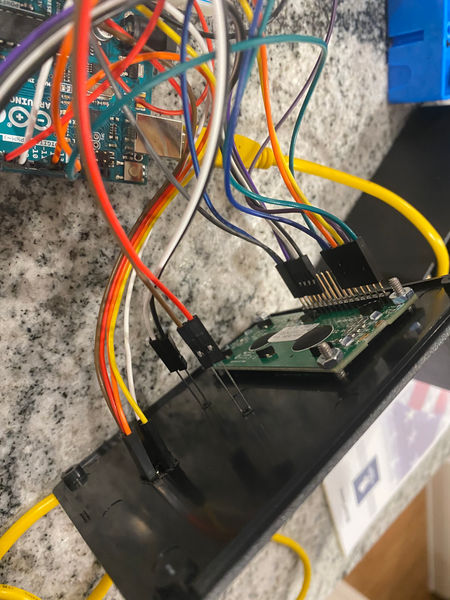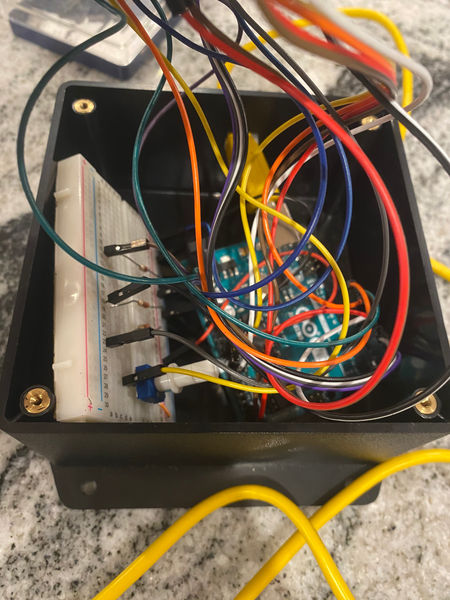PULSE OXIMETER
The goal of this project was to design a device that measures oxygen saturation in arterial blood in order to detect lung damage due to Covid-19. It was an independent project through my Engineering Design class where I used C++ through the Arduino Uno. The end product was a prototype that effectively measures the subject's SpO2 levels as well as their heart rate.

OBJECTIVES AND METRICS
These were the objectives I wanted to reach and their corresponding metrics. This helped me keep my goals in mind when brainstorming ways to create the device.

CONSTRAINTS AND METRICS
These are the constraints and corresponding metrics used to organize and prioritize my ideas. These constraints were necessities for my projects, while the objectives were things I am aiming for.





GLASS BOX ANALYSIS
My glass box analysis in this figure shows the inputs, process, and output. I decided to use the Arduino along with LEDs to shine light through the finger and measure oxygen saturation using a photodiode. I would then project the readings onto an LCD screen.
RESULTS
The final result was a pulse oximeter that effectively measured blood saturation and heart rate using the Arduino powered by a computer and encased in a plastic box cut to size using a Dremel tool I had at home. I used a green LED to represent blood saturation as healthy (95% or above) and the red LED to represent blood saturation as unhealthy (<95%).







